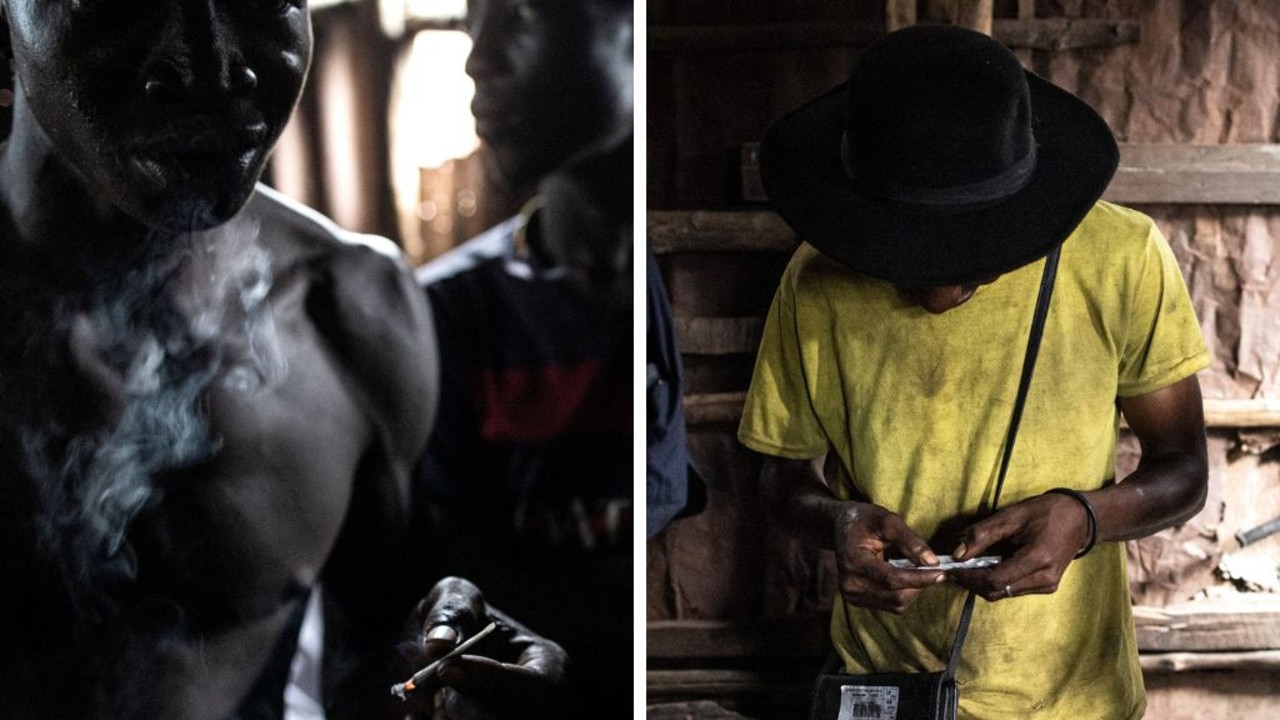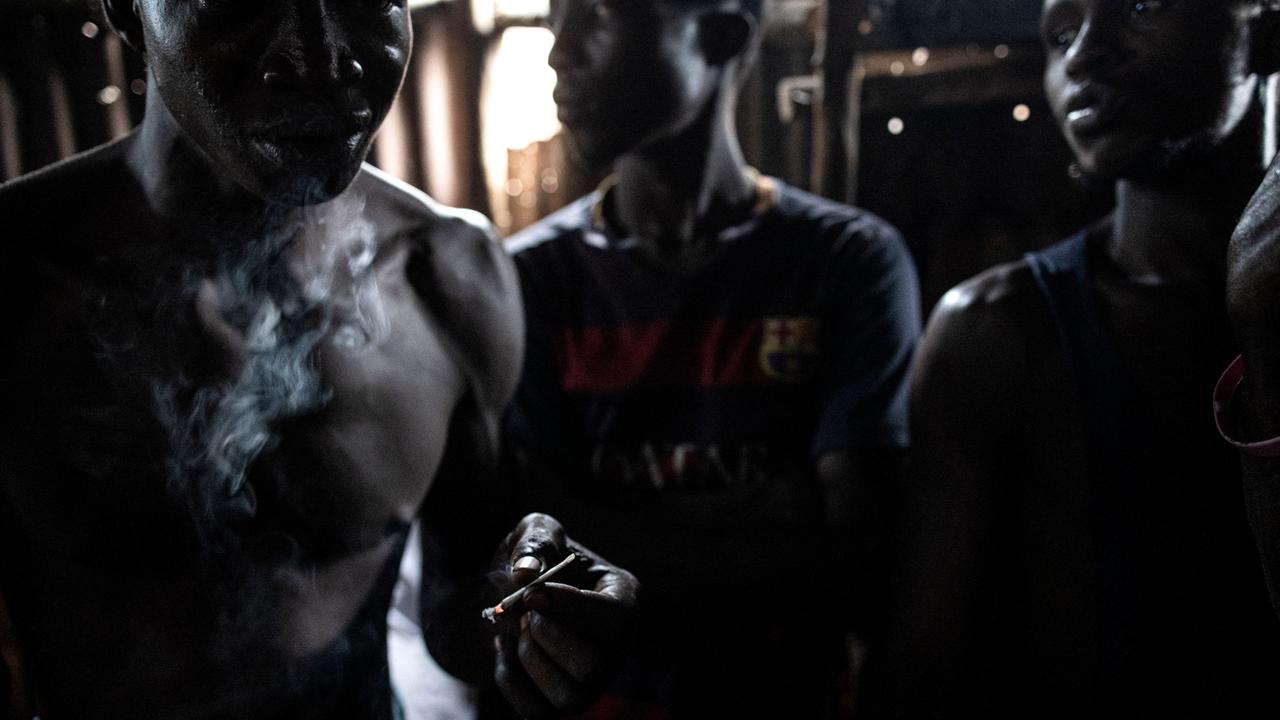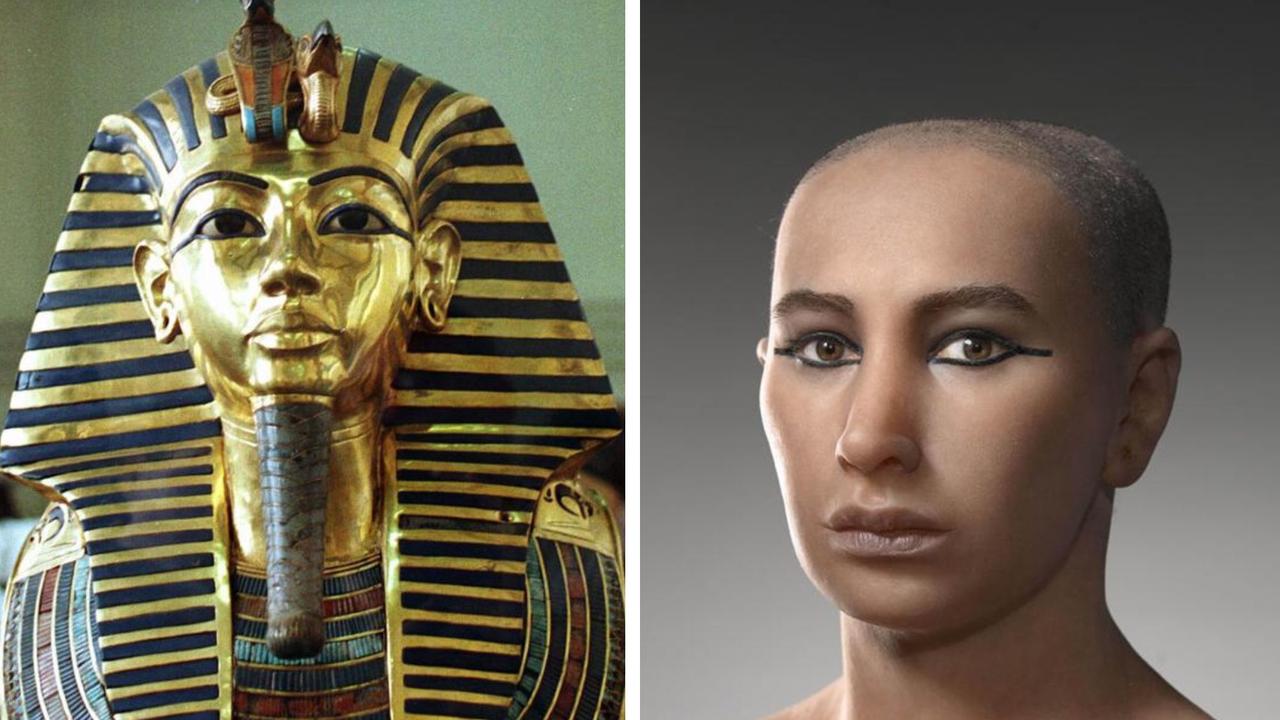Sierra Leone declares national emergency as drug addicts dig graves for human bones
This nation is “facing an existential threat” due to a highly addictive drug said to be made from human bones.

Sierra Leone has declared a national emergency on drug abuse – as a synthetic drug understood to be made from human bones wreaks havoc among young people in the West African nation.
Kush is a mixture of chemical substances with similar effects to cannabis and one of the many ingredients used to make it is said to be ground-up human bone. However, it is not known exactly why.
The main cemeteries in the country’s capital, Freetown, have requested security to protect themselves from young men digging up skeletons amid a spike in kush use, according to the BBC.
The city’s deputy mayor Kweku Lisk told the broadcaster that his office had requested security from the police in order to tackle the gravediggers.
While there is no official death toll, a doctor told the BBC that “in recent months” hundreds of young men had died in Freetown from organ failure caused by kush.
Sierra Leone’s President Julius Maada Bio said Thursday in a national address that drug abuse in the country was a “national emergency”.

Kush has been prevalent in the country for several years.
“It is my solemn duty as president … to declare a national emergency on drug abuse,” Mr Bio said.
“Our country is currently facing an existential threat due to the devastating impact of drugs and drug addiction, in particular the devastating synthetic drug kush,” he added.
In a plan to combat kush use, a task force including government agencies and non-governmental organisations would be responsible for prevention, treatment, social services support, law enforcement and community engagement.
Mr Bio also said his government was working to take down drug trafficking networks.
Police seized two containers in the capital of Freetown that were filled with kush, police commissioner Joseph Lahai said Thursday.
He said seven suspects were taken into custody.

In July last year, a 25-year-old user told AFP he would “meditate high meditation,” sleep, wake up and eat for about an hour. And then, a short time later, do it all over again.
“We smoke it the whole day,” he said.
“I spend a lot of money on it every day — around (A$0.37),” a small fortune in a country with average per capita income of under A$752 a year.
It means young people hooked on the drug can often turn to sex work or criminal activity to pay for their next hit.
At the time, 60 per cent of admissions at Sierra Leone’s sole psychiatric hospital were kush-related, acting medical superintendent and resident psychiatrist Just Mattia said.

Michael Cole, a professor of forensic science at Anglia Ruskin University in England, explained in a piece for The Conversation in January that kush was a mixture of cannabis, fentanyl, tramadol and formaldehyde.
He said the effects can depend on the user and the drug content.
“Cannabis causes a wide variety of effects, which include euphoria, relaxation and an altered state of consciousness,” Prof Cole wrote.
“Fentanyl, an extremely potent opioid, produces euphoria and confusion and causes sleepiness among a wide range of other side-effects.
“Similarly, tramadol, which is also an opioid but less potent than fentanyl (100mg tramadol has the same effect as 10mg morphine) results in users becoming sleepy and ‘spaced out’ – disconnected from things happening around them.”
As for the reason behind the use of human bones, he said suggestions that the sulphur content of the bones causes a high or there could be drug content found in the bones of a deceased fentanyl or tramadol user, were both unlikely to be true.
“Sulphur levels in bones are not high. Smoking sulphur would result in highly toxic sulphur dioxide being produced and inhaled,” he said.
“Any drug content in bones is orders of magnitude less than that required to cause a physiological effect.”
– with AFP






